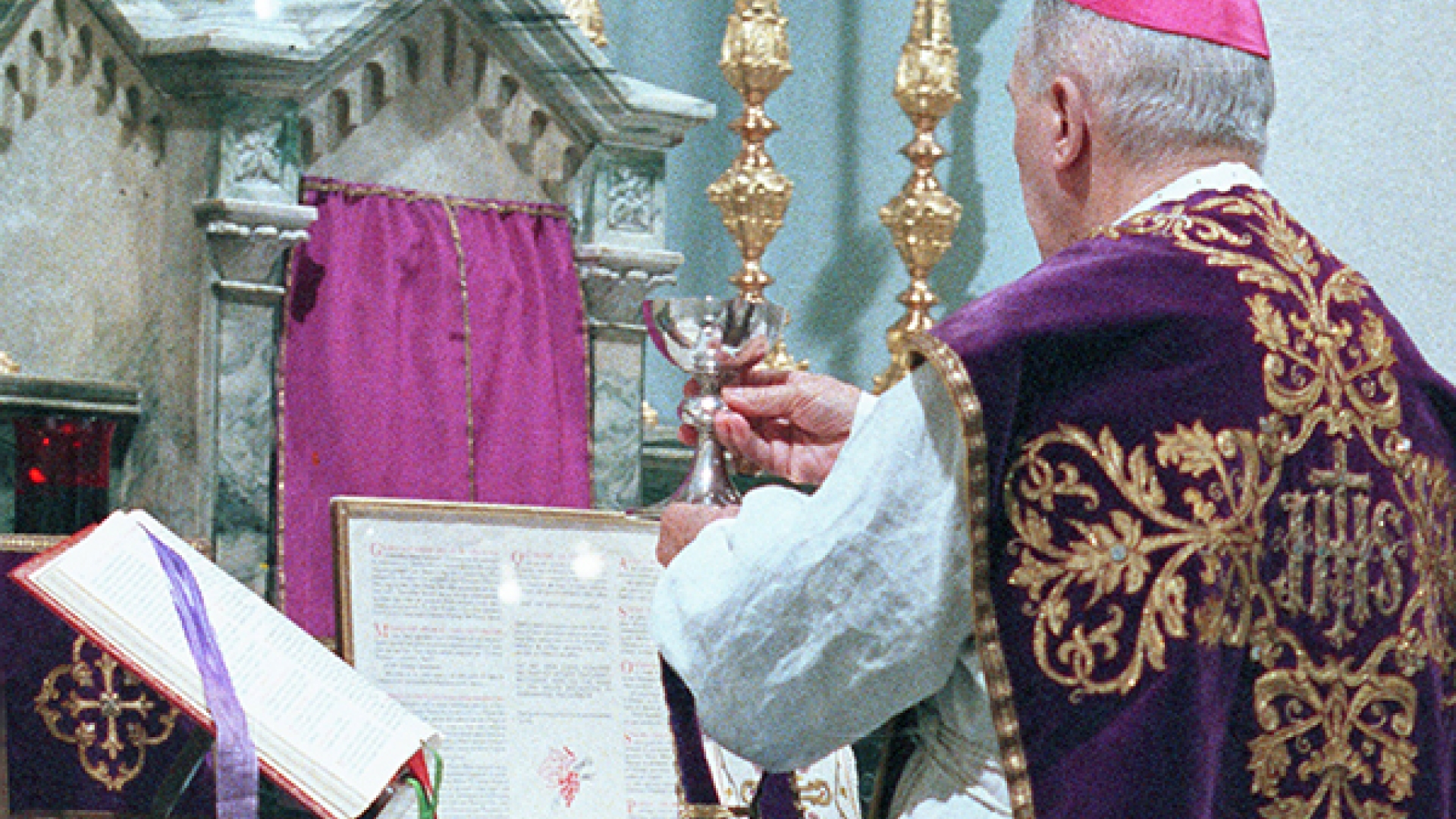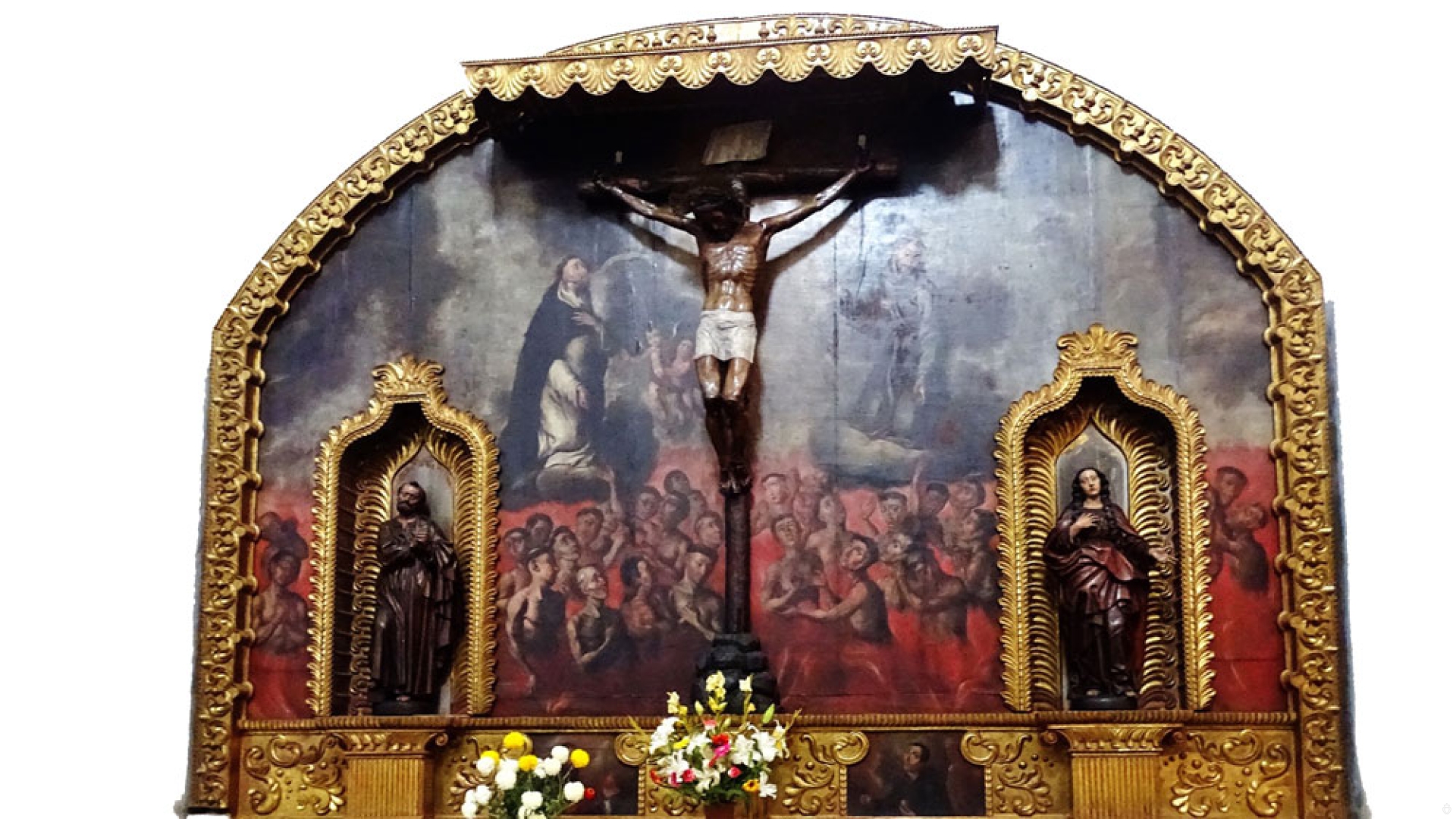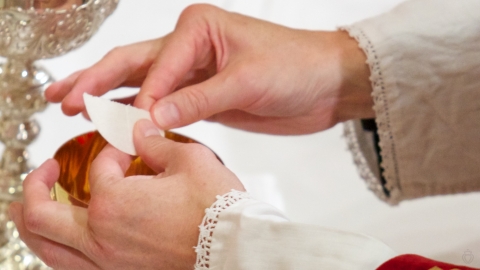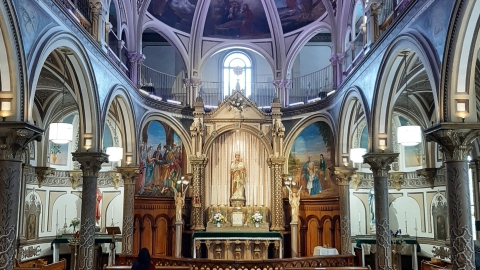How to have a mass celebrated?

Archbishop Marcel Lefebvre celebrating mass
The Mass is the unbloody renewal of the Sacrifice of Our Lord Jesus Christ. It applies the merits of the Sacrifice of Calvary to the living and deceased faithful.
The Holy Sacrifice of the Mass is celebrated daily by the priests of the Society of Saint Pius X, in priories and places of worship at the times indicated.
You may entrust the priests to celebrate the Mass either for the intention of one or more deceased persons, or for the intention of souls in Purgatory in general, or for any other particular intention that you may or may not freely specify.
In practice, please give to a priest of your choice, the intention written on or in an envelope containing the Mass stipend (1 Mass $25 CAD; Novena $250 CAD; Gregorian Thirty $1000 CAD - 2023 rates).
If you cannot reach a priest, you can send your Mass intentions to :
Saint Joseph Center
1395 Notre Dame Street
Saint-Césaire, QC, J0L 1T0
Please, specify the intentions carefully:
Sample wording: 1 Mass for Mr. X (deceased); 3 Masses for a particular intention; 2 Masses for the healing of my brother; etc...
And make your check out to “FRATERNITE SAINT PIE X”
The novena of masses consists of asking to celebrate one mass per day, for 9 consecutive days. The novena can be celebrated for any intention. It is the application to the Mass of the well-known practice of a novena of prayers.
The Gregorian Thirty consists in asking to celebrate one mass per day, for 30 consecutive days. It can only be celebrated for a deceased person. It is called Gregorian, in memory of Pope Saint Gregory the Great (540-604).

Mass relieves and delivers souls from purgatory.
What is the Gregorian Thirty or so?
St. Gregory the Great being abbot of St. Andrew, at Mount Coelius, had the opportunity to punish one of his monks, guilty of having kept three silver coins in secret. Thirty days after the death of this religious, Gregory had compassion on his soul and gave the following order to his prior: "From this day and for thirty consecutive days, offer for this brother the Holy Sacrifice of the Mass so as not to omit, on any day, the said offering during this time". On the thirtieth day, the deceased appeared to one of his brothers and told him that he had just been delivered from the flames of purgatory. (Dialogues of St. Gregory, L IV, c LV)
This gave birth to the pious practice known as "Gregorian Masses", practiced at all times and attested by Benedict XIV, recommended by doctors of theology and in no way superstitious. The tendency to make the effectiveness of this thirty-something mass depend on its celebration on the altar of St. Gregory on Mount Coelius or on the so-called Gregorian altars by papal concession seems exaggerated.
The effectiveness of the thirty-something is linked to the following conditions:
- Celebration for a deceased;
- For thirty consecutive days, without interruption other than that of the Sacred Triduum.
- No requiem mass is necessary.
- Nor by the same priest ;
- Not at the same altar.
(Source : Dictionnaire Pratique des Connaissances Religieuses - BRICOUT - 1928 Tome 6, col 737)



